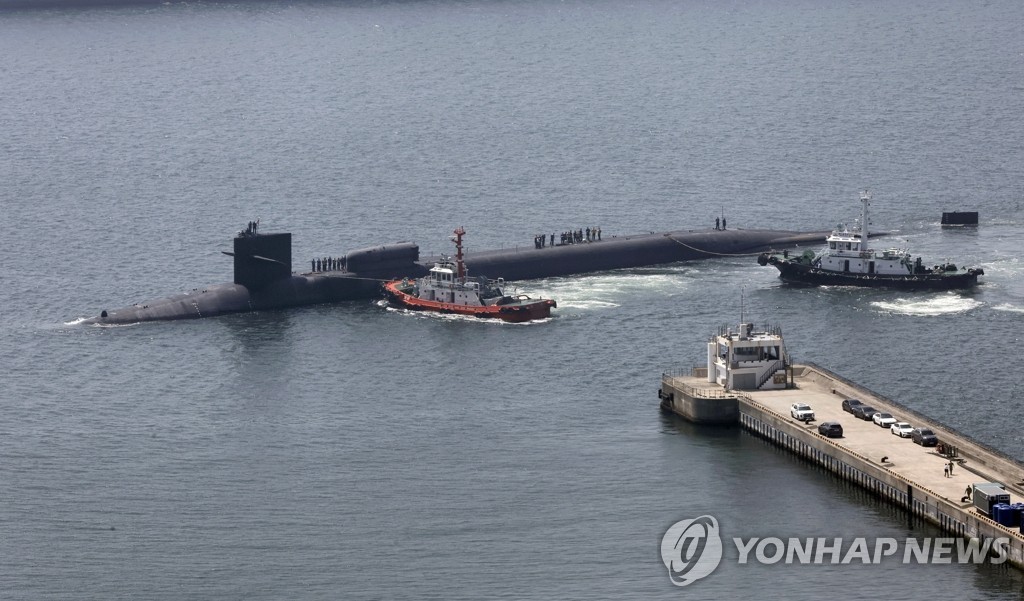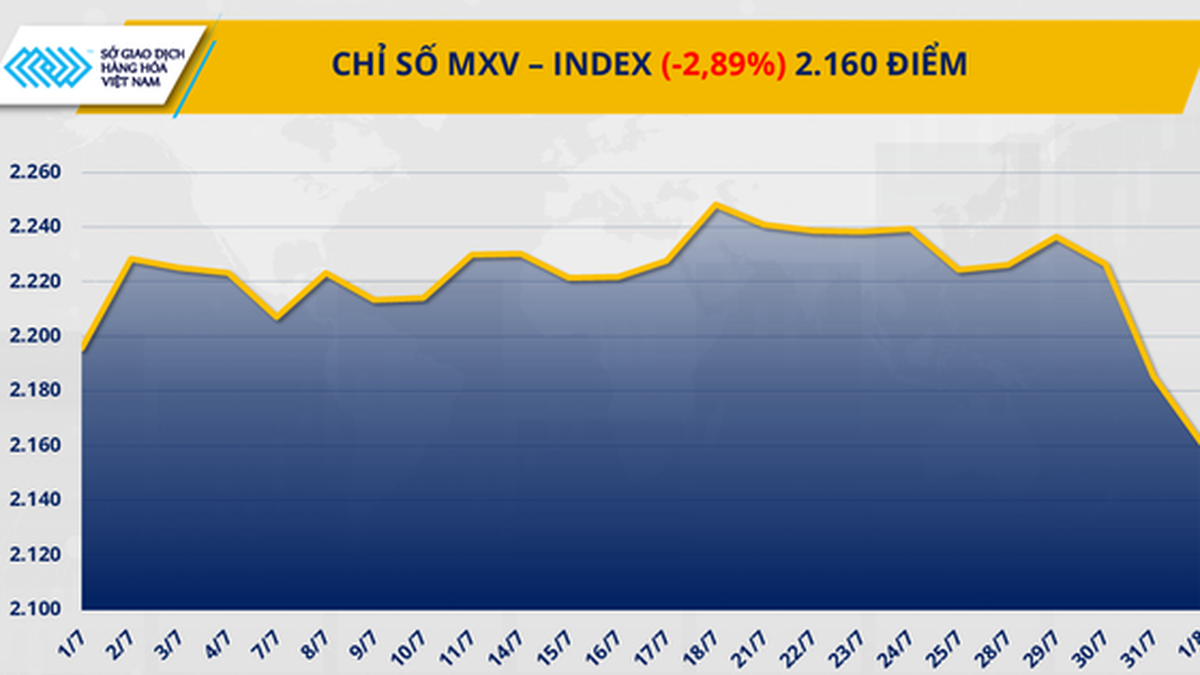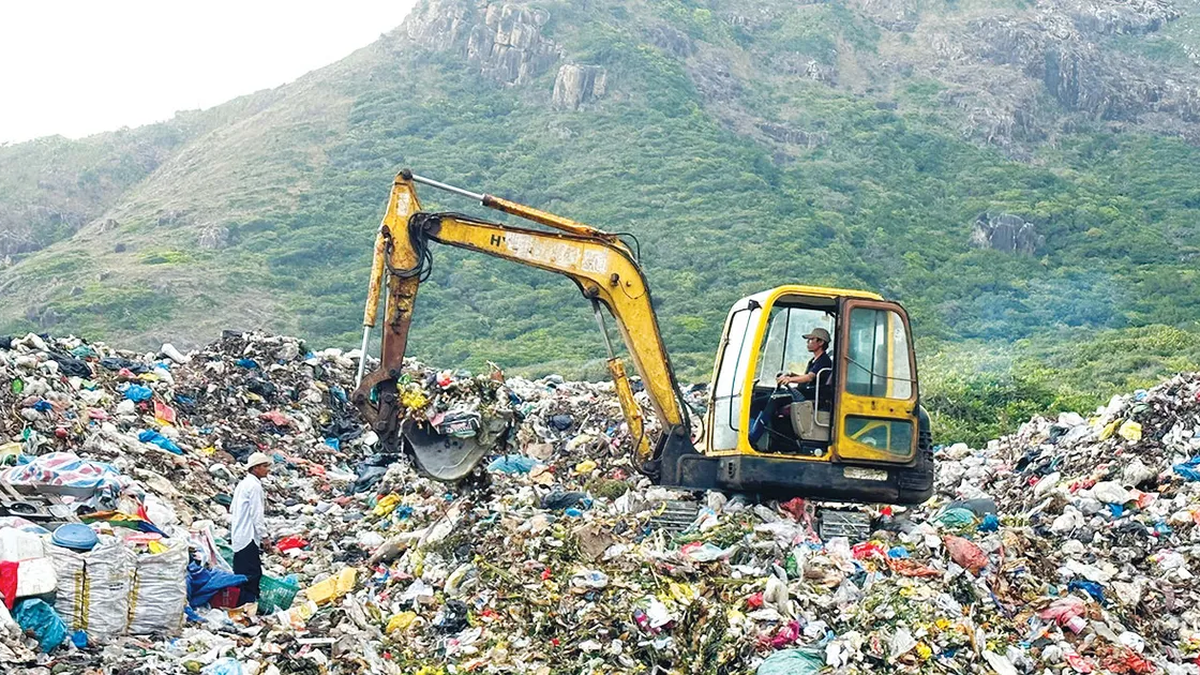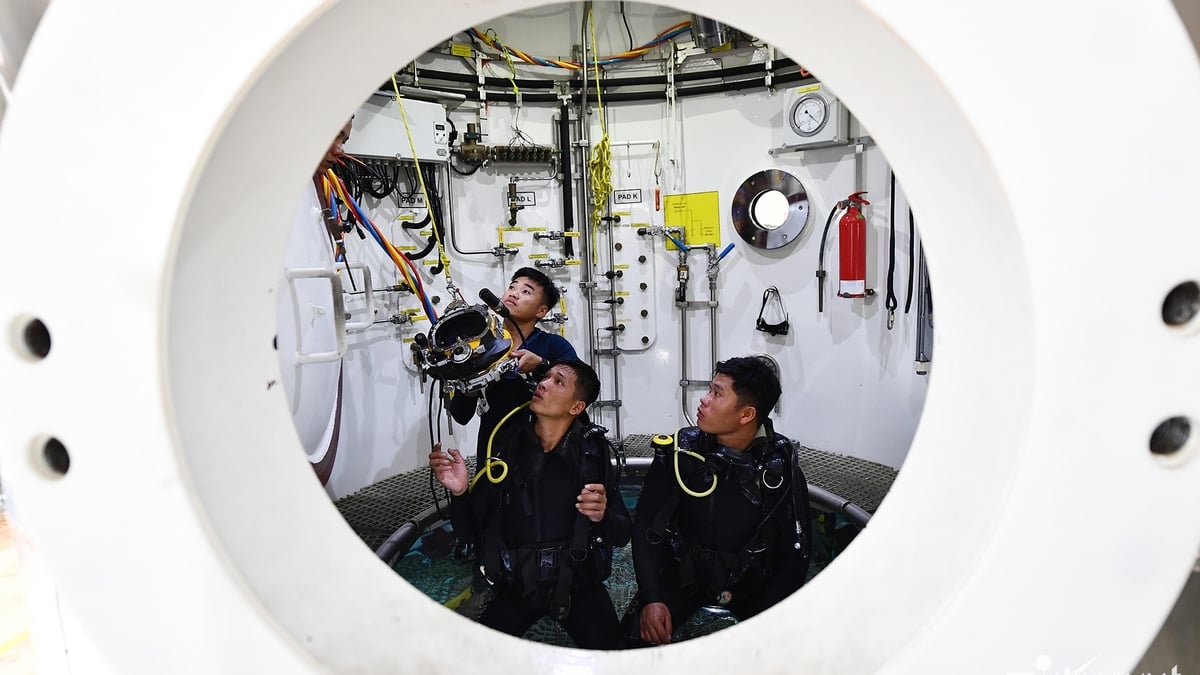On June 16, the South Korean Ministry of Defense said that for the first time in six years, the US nuclear submarine USS Michigan SSGN docked at the main naval base in Busan, 320 km southeast of Seoul, South Korea.
 |
| The US nuclear submarine USS Michigan SSGN docked at the main naval base in Busan, South Korea on June 16. (Source: Yonhap) |
The 18,000-ton guided-missile submarine USS Michigan arrived in South Korea on June 16, a day before North Korea fired two missiles, a move believed to be in response to a large-scale live-fire military exercise between the United States and South Korea that ended earlier that day.
The USS Michigan, an important US Navy asset, arrived in Busan, South Korea, amid the US commitment to increasingly strengthen the “permanent presence” of strategic assets on the Korean Peninsula, through the Washington Declaration issued by President Yoon Suk Yeol and US President Joe Biden during the summit in Washington last April.
According to the commander of the South Korean fleet, Vice Admiral Kim Myung Soo, the SSGN's visit to South Korea aims to implement the agreement in the Washington Declaration, demonstrating the capabilities and position of the US-South Korea alliance to realize " peace through strength".
During the visit, the two navies are expected to conduct special combat exercises to enhance coordination and strengthen capacity in responding to security threats in the region.
On the same day, the South Korean military announced that it had salvaged part of a North Korean satellite rocket launched in late May that fell into the Yellow Sea.
The operation officially ended after a week, hampered by low visibility, strong currents and other obstacles.
On June 15, the South Korean Joint Chiefs of Staff (JCS) confirmed that the country had salvaged debris initially suspected to be the second stage engine of the missile, with the hope that the investigation into the debris could help Seoul gain more information about North Korea's long-range missile development program.
In late May, North Korea announced that Pyongyang had test-launched the "Chollima-1" missile carrying the "Malligyong-1" military reconnaissance satellite. However, the missile fell into the sea due to an abnormal start-up of the second stage engine.
Also on June 16, the South Korean military located part of the missile in the sea about 200 km west of Echeong Island, but the debris fell to the seabed at a depth of 75 m due to its weight.
Source



































































































Comment (0)